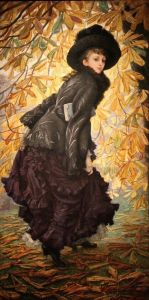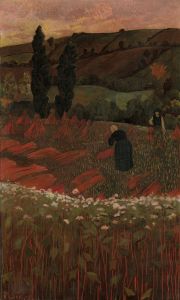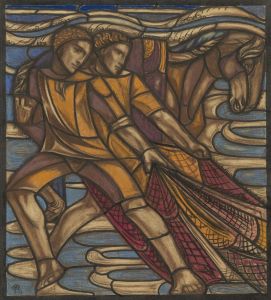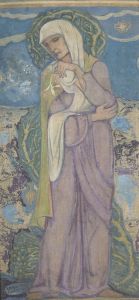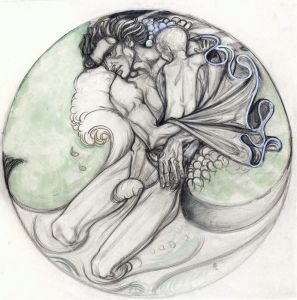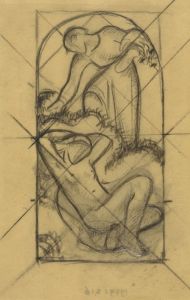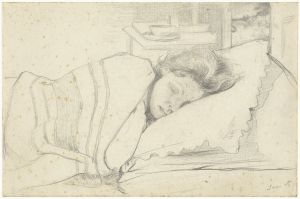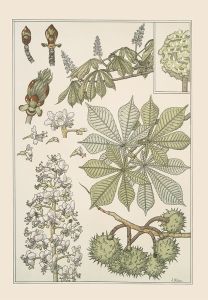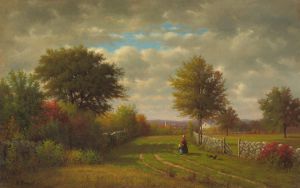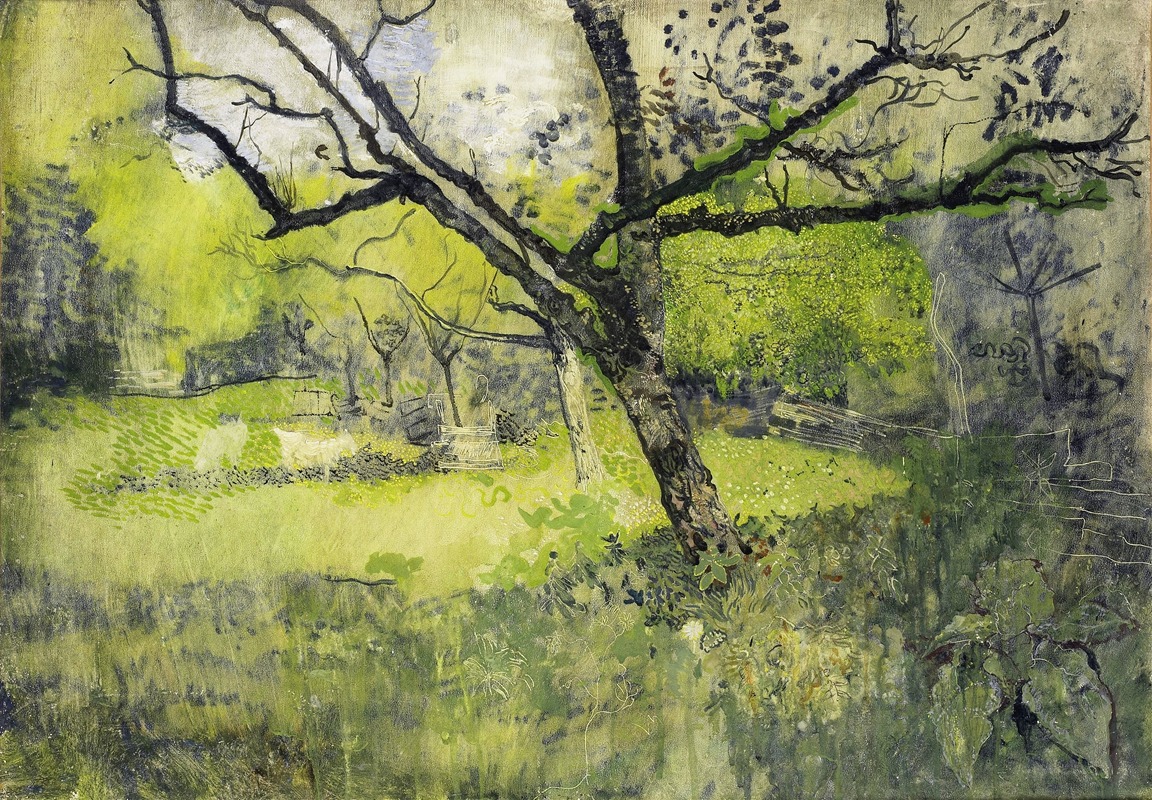
Orchard at Eemnes
A hand-painted replica of Richard Nicolaüs Roland Holst’s masterpiece Orchard at Eemnes, meticulously crafted by professional artists to capture the true essence of the original. Each piece is created with museum-quality canvas and rare mineral pigments, carefully painted by experienced artists with delicate brushstrokes and rich, layered colors to perfectly recreate the texture of the original artwork. Unlike machine-printed reproductions, this hand-painted version brings the painting to life, infused with the artist’s emotions and skill in every stroke. Whether for personal collection or home decoration, it instantly elevates the artistic atmosphere of any space.
Richard Nicolaüs Roland Holst was a Dutch painter and designer, known for his contributions to the arts and crafts movement in the Netherlands. Born on December 4, 1868, in Amsterdam, he became a prominent figure in the Dutch art scene during the late 19th and early 20th centuries. Holst's work is characterized by its decorative style and often incorporates elements of symbolism and allegory.
"Orchard at Eemnes" is one of Holst's notable works, reflecting his interest in nature and the Dutch landscape. Eemnes is a small town in the province of Utrecht, Netherlands, known for its picturesque countryside and traditional Dutch orchards. The painting captures the serene beauty of an orchard, a common subject in Dutch art, which often emphasizes the harmony between humans and nature.
Holst's approach to painting was influenced by the arts and crafts movement, which sought to revive traditional craftsmanship and integrate it with fine arts. This movement was a reaction against the industrialization of the late 19th century, advocating for a return to hand-made quality and the beauty of natural materials. Holst's work often reflects these principles, with a focus on detailed, decorative elements and a harmonious composition.
In "Orchard at Eemnes," Holst employs a soft color palette and fluid brushwork to convey the tranquility of the orchard setting. The painting likely features fruit trees, a common sight in the Dutch countryside, and may depict the changing seasons, a theme frequently explored in landscape art. Holst's attention to detail and his ability to capture the essence of the Dutch landscape are evident in this work.
Holst was also known for his involvement in the social and political movements of his time. He was a member of the Dutch Labor Party and used his art to express his ideals and advocate for social change. His commitment to these causes is reflected in his work, which often includes themes of community and cooperation.
Throughout his career, Holst held various teaching positions, including a professorship at the Rijksakademie van Beeldende Kunsten in Amsterdam. He influenced a generation of artists with his emphasis on the integration of art and life, encouraging his students to see art as a means of personal and social expression.
Holst's legacy extends beyond his paintings; he was also a prolific writer and theorist, contributing to the discourse on art and society. His ideas on the role of art in everyday life continue to resonate, and his works remain an important part of Dutch cultural heritage.
"Orchard at Eemnes" exemplifies Holst's artistic philosophy, combining his love for the Dutch landscape with his commitment to the principles of the arts and crafts movement. The painting stands as a testament to his skill as a painter and his dedication to capturing the beauty and tranquility of the natural world.





